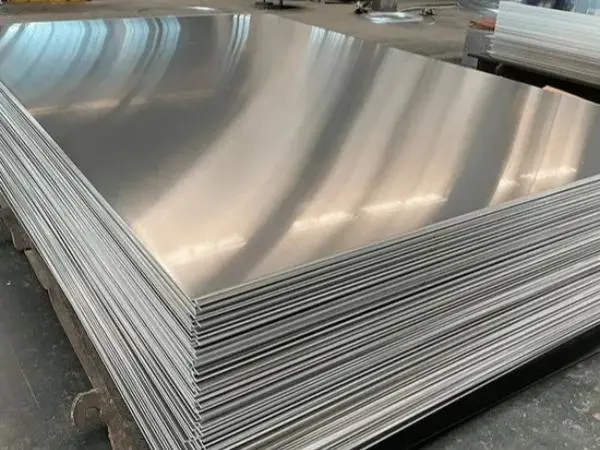- Phone0086 731 8564 8255
- E-mailsales@cscsteel-manufacturing.com
-

Carbon steel plates are essential materials in industrial applications, known for their wide use and strong performance. Made from carbon steel with a carbon content below 2.11%, these plates do not contain intentionally added alloying elements, though they do contain small amounts of sulfur, silicon, phosphorus, and manganese. Their affordability and versatility make them a go-to material in construction, machinery manufacturing, and a range of other industries.
Continental Steel Co., Ltd is professional carbon steel plates manufacturer, for more details, please contact:sales@cscsteel-manufacturing.com
Manufacturing Process of Carbon Steel Plates
- Iron Smelting:
The first step in producing carbon steel plates is extracting iron from iron ore. After mining, the iron ore undergoes crushing and beneficiation. It is then fed into a blast furnace, along with coke and limestone, where it undergoes a reaction, producing molten iron. This molten iron is the foundation for steelmaking.
- Steelmaking:
Once the molten iron is extracted, it needs further refinement. The converter steelmaking process is used, where molten iron is treated with oxygen to remove impurities such as carbon, silicon, and phosphorus. This oxidation reaction produces carbon monoxide gas and significant heat, reaching temperatures around 1600°C, which helps further refine the iron into steel.
- Continuous Casting and Rolling:
The refined steel is then cast into ingots through continuous casting, where it cools and solidifies into a solid form. The ingots are further processed in a rolling mill, where they are shaped into plates through continuous rolling.
Heat Treatment of Carbon Steel Plates
Heat treatment improves the mechanical properties of carbon steel plates:
Normalizing: The steel is heated to a temperature slightly above its critical point, kept at that temperature for a period, and then air-cooled.
Quenching: The steel is heated to a high temperature and rapidly cooled in a cooling medium, increasing hardness and wear resistance. However, it becomes more brittle and requires tempering to reduce internal stresses.
Tempering: After quenching, tempering is done to reduce brittleness and stress. Depending on the temperature used during tempering, the resulting properties vary from high hardness (low-temperature tempering) to a balance of strength, hardness, and toughness (high-temperature tempering).
Surface Treatment of Carbon Steel Plates
- Spraying and Galvanizing:
Carbon steel plates are often treated with protective coatings to enhance durability and corrosion resistance. Common methods include:
Electrostatic Spraying: Used to apply powder coating to steel surfaces, which is common in mechanical housings.
Hot-Dip Galvanizing: The plate is immersed in molten zinc to form a corrosion-resistant zinc-iron alloy layer.
Electro-Galvanizing: A layer of zinc is deposited onto the steel using an electrolytic process, providing a more uniform finish for high-appearance requirements like automotive parts.
- Chrome Plating:
Chrome plating enhances the surface hardness and wear resistance of carbon steel plates, providing not only durability but also improved chemical stability and an attractive appearance.
Overall, carbon steel plates are vital materials with broad applications across industries due to their strength, versatility, and cost-effectiveness. Their manufacturing and surface treatments ensure they meet specific operational and environmental requirements.




